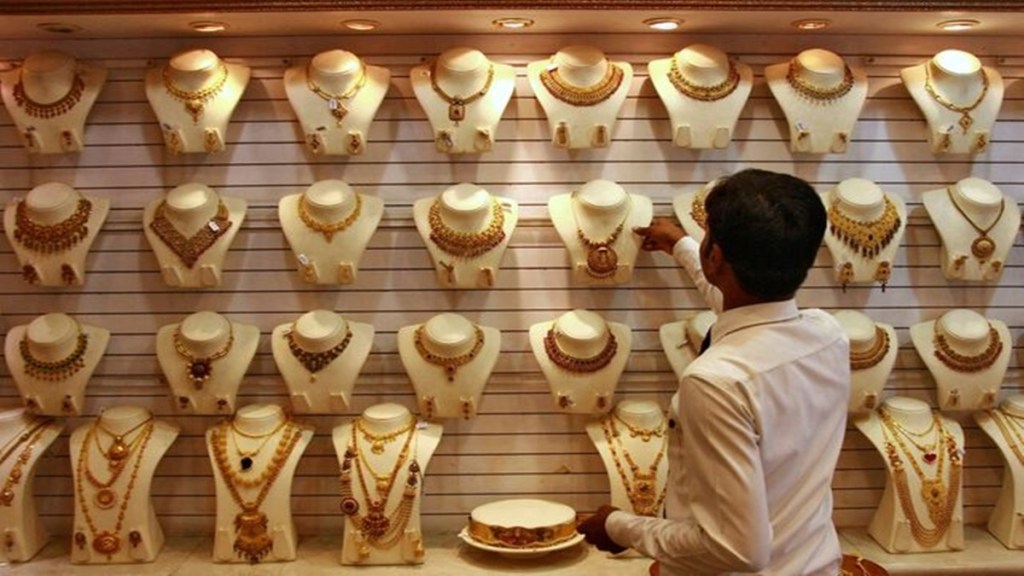A 50% tariff in the US market could seriously jeopardise the gems and jewellery industry, and result in massive job losses, industry executives said.
Calling August 6 a “black day” for the sector, the Gems and Jewellery Export Promotion Council’s (GJEPC) Chairman, Kirit Bhansali, said, “Delegates from Washington are expected to arrive in India on August 25 (for talks on the bilateral trade agreement) and we hope that this brings down the tariff rate, otherwise there is little hope for the sector’s US businesses.”
India’s annual gems and jewellery exports to the US amount to $12 billion, a fourth of overall exports by the industry. Bhansali said that while a 50% tariff leaves little room for profitability, even a 25% tariff that is to take effect form August 7 could result in a drastic drop in exports, given the industry’s already-slim profit margins.
The Looming Threat of Mass Layoffs and Relocation
Adil Kotwal, Chairman of the Gem & Jewellery Skill Council of India (GJSCI), predicted an adverse impact on employment, given the industry employs around 5 million people. “With diamonds having a 4-5% profit margin and gold jewellery having a 5-6% margin, neither can Indian manufacturers export to the US nor can retailers there absorb the shock. With decreased orders, what is to happen to the employees? The Santacruz Electronics Export Processing Zone (SEEPZ) hires over 100,000 people, along with 50,000 contract workers. About 75% of our products are exported to the US, which can cause a massive blow to employment.”
Unfair Advantage for Competitors and a Call for Government Action
India’s competitors such as Thailand and Turkey, currently have a 36% and 10% tariff respectively, giving them a considerable edge. Alok Sonkia, Managing Director (MD) of Valentine Jewellery, said that if the tariff isn’t reduced, US retailers may choose those countries over India. “Unless there are products that can only be found in India, our exports will suffer. With the initial 25% tariff, retailers were willing to share the cost with manufacturers, but 50% leaves no leeway for either side.” Sonkia’s company diversified its exports to other countries beforehand and currently, about 10% of its revenue comes from the US. “Manufacturers whose sales come predominantly from the US will be impacted the most,’ he said.
Bhansali said that if the 50% tariff persists, manufacturers may consider relocating their operations to places such as Dubai in the UAE, which faces a nominal 10% tariff. “While a company’s costs may increase to 20% or slightly more with relocation, it will save them more money than exporting to the US with this tariff rate,” he said.


